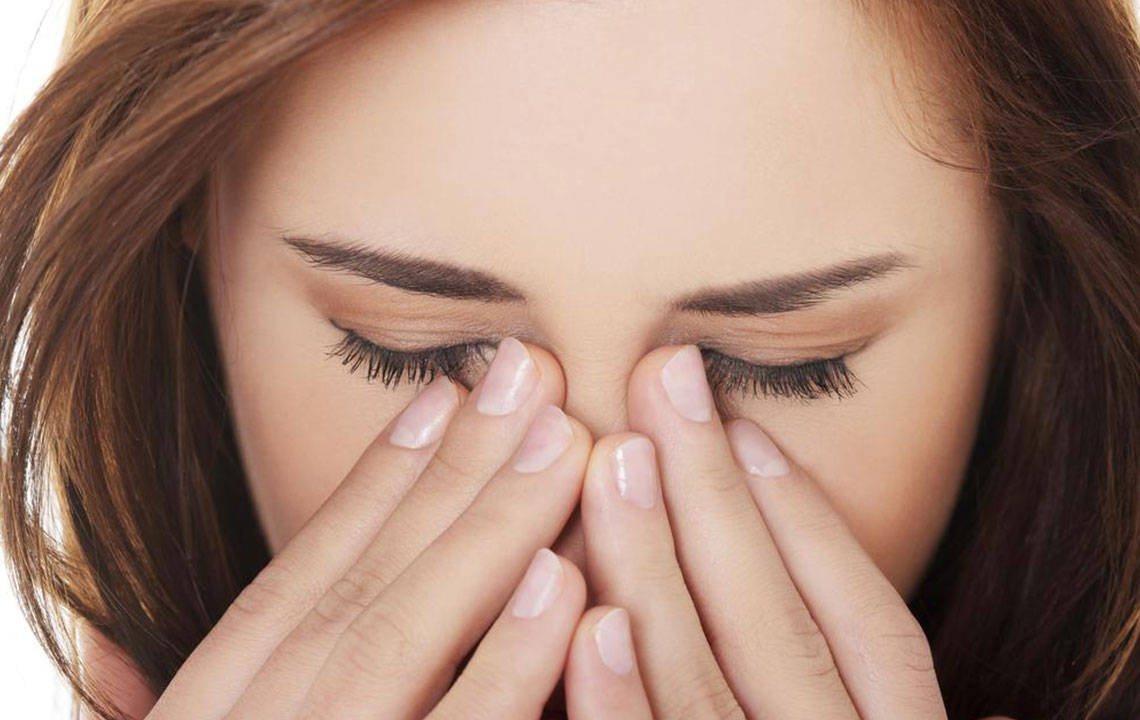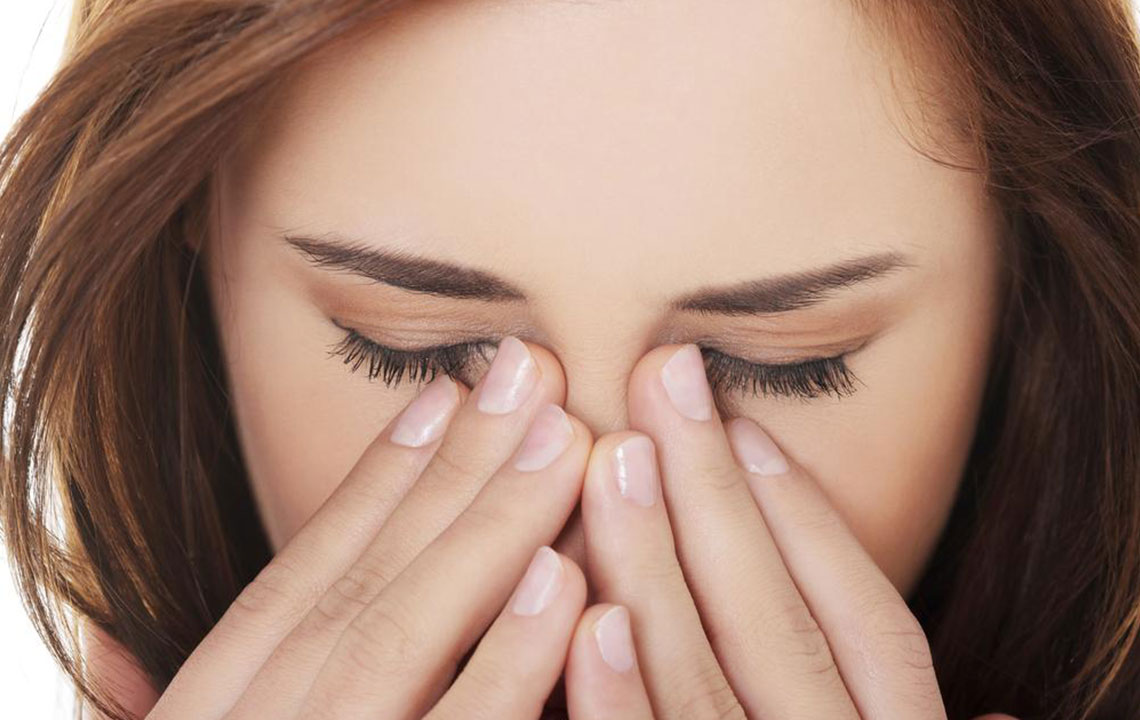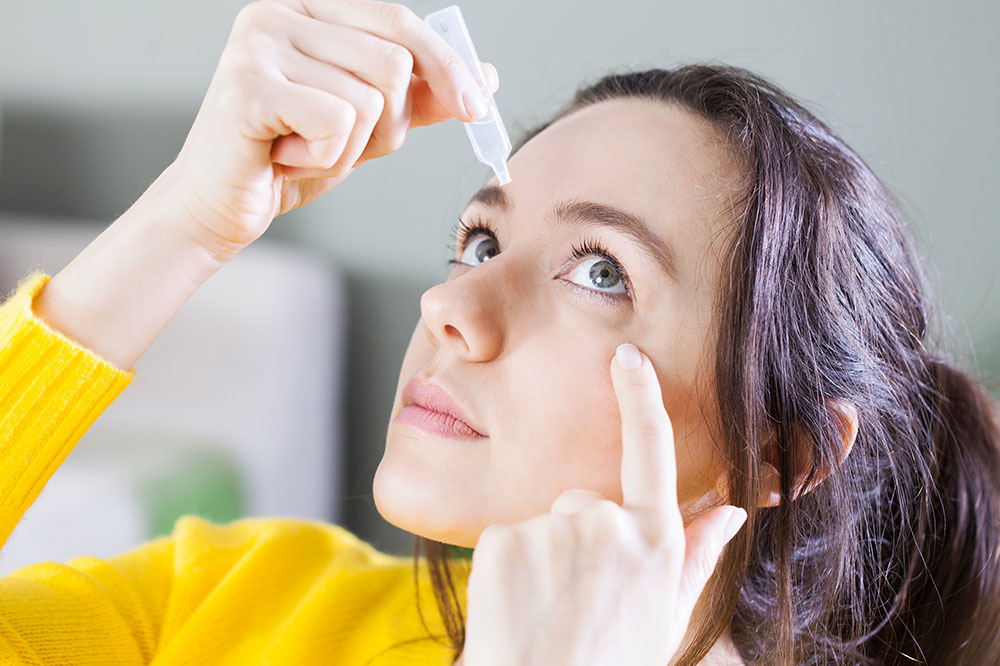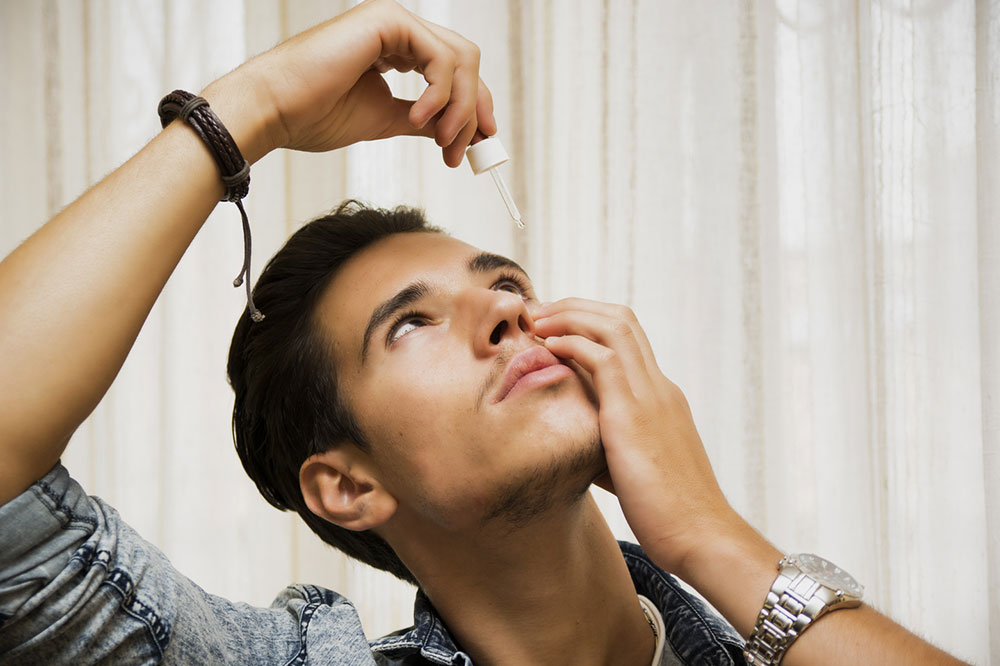Understanding Dry Eye Symptoms and Their Underlying Causes
Dry eye syndrome is a common condition that causes discomfort and can affect vision if untreated. Recognizing early symptoms like burning, redness, and excessive tearing is vital for prompt intervention. The causes include aging, medical conditions, environmental factors, and lifestyle habits. Proper diagnosis and management—through lifestyle changes and medical treatments—can prevent serious complications such as infections and vision issues. Maintaining good eye health with proper nutrition and eye care routines helps keep eyes comfortable and functional. Early treatment supports overall eye wellness and enhances quality of life.

Understanding Dry Eye Symptoms and Their Underlying Causes
Dry eye syndrome is a common condition that can significantly impact quality of life if not identified and managed promptly. It often goes unnoticed or is mistaken for minor irritation, but persistent discomfort can lead to more serious ocular problems. Recognizing the key signs early allows individuals to seek appropriate medical care and adopt preventive measures. The primary symptoms associated with dry eyes include persistent itching, burning sensations, increased sensitivity to bright lights, redness, difficulty wearing contact lenses, poor night vision, the presence of stringy mucus, excessive tearing, eye fatigue, and blurred vision. Experiencing one or more of these symptoms regularly should prompt a consultation with an eye care professional for an accurate diagnosis and tailored treatment plan. Addressing dry eye symptoms promptly can help avoid severe complications and maintain healthy vision.
Dry eyes develop when the eye's natural tear production is insufficient or when tears evaporate too rapidly from the eye surface. Tears are composed of a complex mixture of mucus, water, and fatty acids (lipids), which work together to keep the eyes lubricated, comfortable, and protected against infections. When this delicate balance is disrupted, it can result in significant discomfort and potential damage to the ocular surface. Causes of dry eye conditions vary widely and include intrinsic factors such as aging, certain medical conditions like diabetes mellitus, thyroid disorders, and autoimmune diseases, as well as external influences. Nutritional deficiencies, specifically in vitamins like A and certain fatty acids, can compromise tear production. Additionally, medications such as antihistamines, decongestants, antidepressants, and some antihypertensives are known to reduce tear secretion. Environmental factors play a crucial role; prolonged exposure to wind, smoke, dry air, or air conditioning can accelerate tear evaporation. Problems with eyelid function, such as eyelid margin abnormalities or incomplete blinking, further predispose individuals to dry eyes. Women, especially those experiencing hormonal changes during pregnancy, menopause, or due to certain contraception methods, are at increased risk. As people age beyond 50, natural decreases in tear production make dry eye more prevalent. Maintaining a diet rich in vitamin A, omega-3 fatty acids, and other nutrients important for eye health can bolster tear quality and production.
If dry eyes are left untreated, they can lead to secondary complications including ocular infections, inflammation of the eyelids (blepharitis), corneal abrasions, and even long-term visual impairment. These issues might interfere with daily activities like reading, computer work, and driving, diminishing overall quality of life. That is why early intervention—through lifestyle adjustments such as avoiding environmental irritants, using humidifiers, taking regular breaks during screen use, and employing artificial tears—is essential. For more severe or persistent cases, medical treatments including prescription eye drops, punctual plugs, or other ophthalmic procedures may be recommended. Recognizing symptoms early and seeking professional advice can significantly improve comfort and protect ocular health, ensuring that the eyes remain healthy and functional for years to come.





